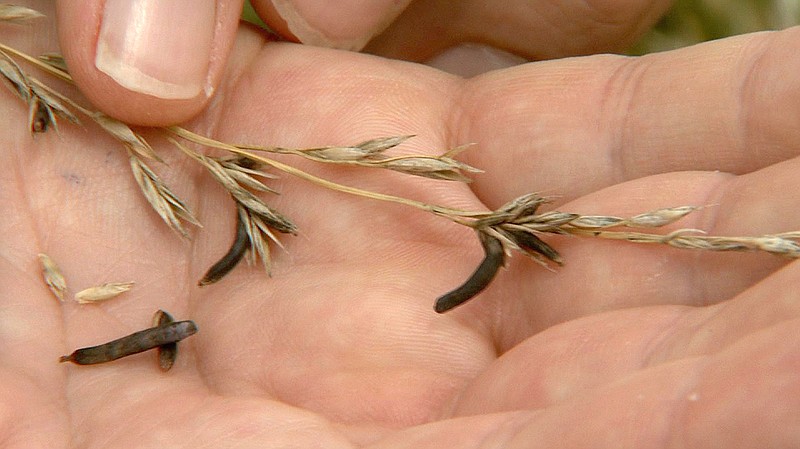Although there have been no ergot-related cattle deaths reported in Callaway County, experts with University of Missouri Extension are warning area farmers to keep an eye out for the fungus.
"Ergot normally appears in small pockets, but this year seems to be prevalent statewide," Craig Roberts, University of Missouri Extension forage specialist, said in a press release.
The warning was prompted by a case in northeastern Missouri where one farmer lost four cattle in early July - ergot produces alkaloid compounds that are toxic to livestock and humans. According to the release, ergot bodies look like small rodent droppings and are easily visible in the seed head of cereal grains such as barley, oats, wheat, triticale and rye as well as common grasses such as timothy and tall fescue.
Heather Smith, a livestock specialist with the Callaway Extension office, said the weather this year has been conducive to the spread of ergot.

